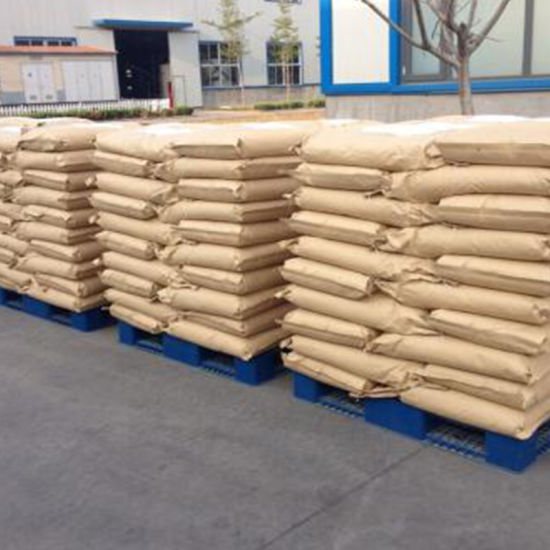Exploring the Pros and Cons: Anionic Polyacrylamide Flocculant vs. Other Flocculants
2024-02-26
In the quest for effective solutions in water treatment and industrial processes, the choice of flocculants can significantly impact process efficiency, water quality, and environmental sustainability. Among the diverse array of flocculants available, anionic polyacrylamide flocculant emerges as a popular choice for its versatility and efficacy. However, like any chemical aid, it has its own set of advantages and limitations when compared to other flocculants. In this blog, we'll delve into the pros and cons of using anionic polyacrylamide flocculant relative to other flocculants, providing insights into the factors that influence decision-making in selecting the most suitable flocculant for specific applications.
Advantages of Anionic Polyacrylamide Flocculant:
1. Versatility: Anionic polyacrylamide flocculant exhibits versatility in treating a wide range of water types and contaminants, including suspended solids, colloids, and organic matter. Its effectiveness in promoting flocculation and sedimentation makes it suitable for diverse applications across various industries.
2. High Efficiency: Anionic polyacrylamide flocculant offers high efficiency in particle removal and solid-liquid separation processes. Its ability to form dense and stable flocs leads to faster settling rates and clearer effluents, thereby improving process efficiency and water quality.
3. Selective Adsorption: The anionic nature of polyacrylamide flocculant allows for selective adsorption onto positively charged particles or colloids, enhancing its targeting capability and reducing the risk of interference from other contaminants.
4. Compatibility: Anionic polyacrylamide flocculant is compatible with a wide range of coagulants, pH conditions, and process parameters, providing flexibility in treatment design and optimization.
Limitations of Anionic Polyacrylamide Flocculant:
1. Cost: Anionic polyacrylamide flocculant may have a higher upfront cost compared to other flocculants, which can impact the overall cost-effectiveness of treatment processes, particularly for large-scale applications.
2. Environmental Concerns: Some formulations of anionic polyacrylamide flocculant may contain residual monomers or impurities that can be toxic to aquatic organisms and ecosystems if released into the environment. Proper handling, storage, and disposal practices are essential to mitigate potential environmental risks.
3. pH Sensitivity: The performance of anionic polyacrylamide flocculant may be sensitive to pH conditions, requiring careful monitoring and adjustment to optimize treatment efficiency.
4. Effectiveness in Complex Water Conditions: While anionic polyacrylamide flocculant is effective in treating many types of water and wastewater, its performance may be limited in highly turbid or complex water conditions, where other treatment approaches or combination treatments may be necessary.
Comparative Analysis:
In comparison to other flocculants such as cationic polyacrylamide, aluminum-based coagulants, or natural polymers like chitosan, anionic polyacrylamide flocculant offers distinct advantages in terms of versatility, efficiency, and selective adsorption. However, it is essential to consider the specific requirements of each application, including cost constraints, environmental considerations, water quality parameters, and treatment objectives, when selecting the most suitable flocculant.
In conclusion, while anionic polyacrylamide flocculant presents several advantages in water treatment and industrial processes, it is essential to weigh these against potential limitations and consider alternative flocculants based on specific application needs. By conducting thorough assessments and adopting a holistic approach to treatment design, we can optimize the selection and utilization of flocculants to achieve desired treatment outcomes while minimizing costs and environmental impacts.



